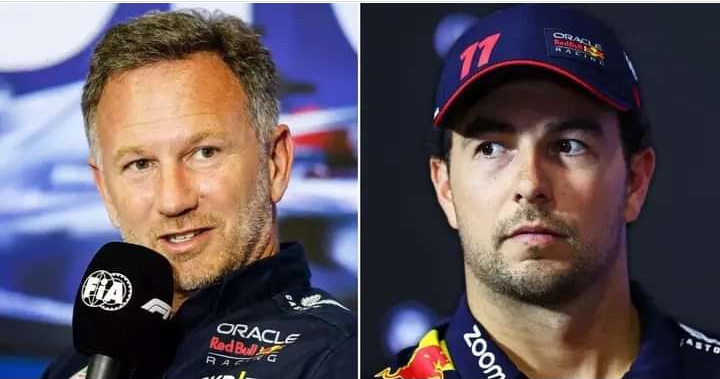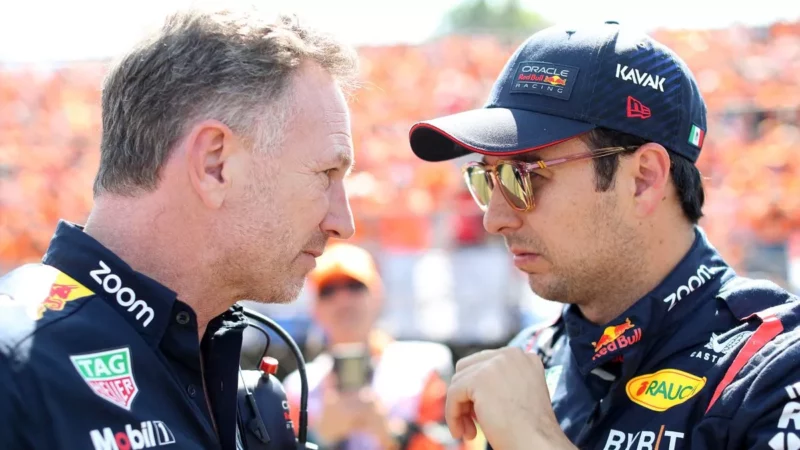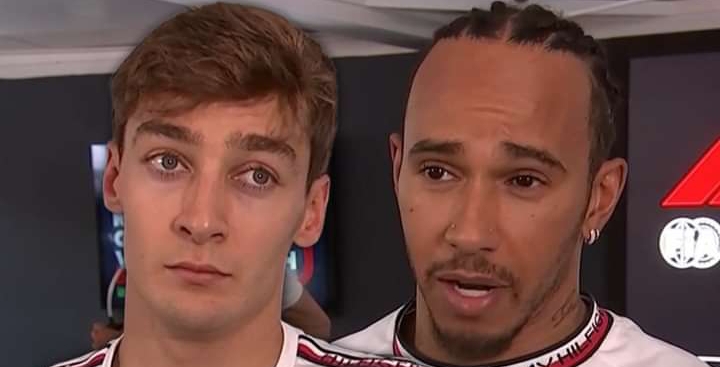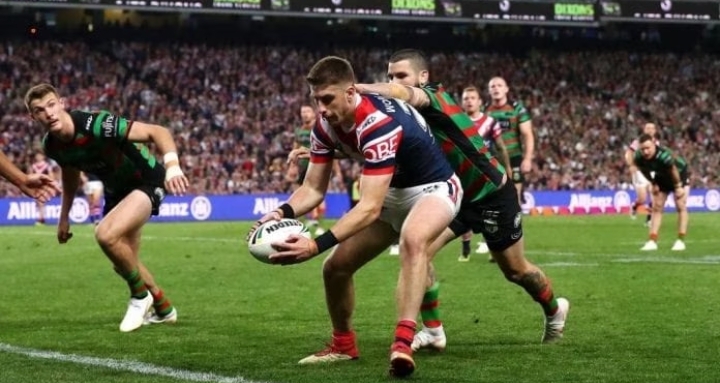DID F1 FLEXING CLAMPDOWN HARM RED BULL BY COINCIDENCE OR CAUSE?

There are no magic solutions in this field; it’s all engineering stuff. I know you’d all love to blame the TD, but since it hasn’t altered a single part of our car, we are unfortunately powerless to do so.
“.
After Red Bull suffered its first Formula 1 loss of 2023 at the Singapore Grand Prix, Christian Horner made a forceful statement to the media.
He kept saying it all weekend long as Red Bull’s problems grew more serious.
The FIA, the sport’s governing body, announced a new crackdown on allegedly flexible bodywork as F1 made its way to the Marina Bay street circuit.
Technical Directive 18, or TD18 as it is known in the F1 paddock, was implemented to remind all teams of their responsibilities to not purposefully design and employ bodywork, specifically front and rear wing assemblies and floor edges, that somehow twist and flex excessively while the cars are in motion, which would confer obvious aerodynamic efficiency advantages while also being able to pass the FIA’s static load tests, which aren’t designed to root out such clever design decisions.
This was put into effect, and TD39, which deals with minimum ride heights and attempts to stop F1 cars from bouncing to the point where driver safety may be at risk, was sternly reminded, all came together to cause Red Bull to suddenly and dramatically lose competitiveness.
Therefore, it was inevitable that Red Bull’s team manager would be questioned about how these technical instructions might have jeopardized RB19’s strategic advantage.
Red Bull insists it isn’t.
The TDs, according to Horner, had “zero” influence on how Red Bull ran the car’s systems in Singapore, he insisted.
Given F1’s long history of attempting to neutralize teams that excessively dominate the championship, this may seem to you like a very predictable denial.
Nevertheless, it’s crucial to keep in mind that correlation does not imply causation, and it is entirely possible that Red Bull’s slump in Singapore is simply an unfortunate coincidence.
Even rival F1 teams, who would likely be happy to stir the pot if given the chance, were unwilling to link what happened to Red Bull in Singapore to the FIA’s recent crackdown on flexi-wings and underfloors.
Red Bull always anticipated that this race would be one of the worst for its car in 2023, as Mark Hughes detailed in-depth for The Race over the Singapore weekend, but the team significantly increased that challenge by making some critical engineering errors.
Red Bull’s pre-event simulations didn’t predict the amount of grip the resurfaced sections of the Marina Bay circuit would produce, and the team simply couldn’t run the car low enough to the ground to make it work without the underside striking the track surface on the bumpier sections of the layout that hadn’t been resurfaced — to the point where the car would have likely worn away the plank that establishes the minimum legal ride height for every F1 car.
Red Bull experimented with different suspension settings, starting out way too soft and then going much stiffer, tried different floor arrangements, and raised the ride height of the car, but in the end they were unable to get the Pirelli tyres to function correctly or balance grip on the front and rear axles to the point where the drivers felt confident.
The RB19 is essentially built to run much lower to the ground than was possible in Singapore; as a result, the car simply did not consistently produce the downforce it would normally, especially in qualifying when speed and grip were at their highest.
Red Bull ultimately chose a suspension setting that appeared too stiff for a track with so many low-speed traction zones and chose a slightly too aggressive ride-height setting for qualifying, which too much upset the underbody aerodynamics and rendered the car, in Max Verstappen’s words, “undriveable.”.
This is what Horner means when he says that Red Bull’s sudden predicament is due to “engineering stuff.”.
Throughout practice and qualifying, the car oscillated in and out of its ideal performance window but was never able to find what Horner called “the right operating window for the car.”.
The simulation we ran prior to the weekend “didn’t lead us to the right conclusion and then you have to unravel your way out of that,” Horner said.






